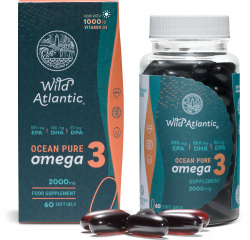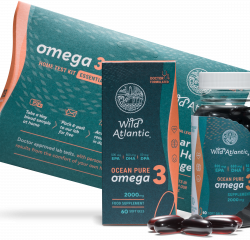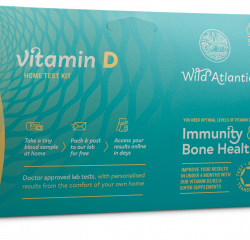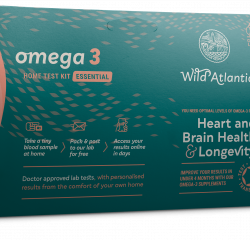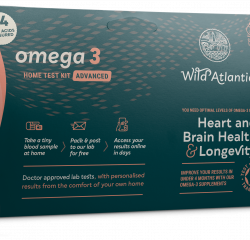Looking back to the early 20th century,  it became known that vitamin D deficiency, brought about by lack of sunlight, caused rickets in young children. Rickets manifests as weaker bones, malformations and stunted growth, and is very painful. Supplementing with cod liver oil, high in Vitamin D, was therapeutic in correcting this condition.
it became known that vitamin D deficiency, brought about by lack of sunlight, caused rickets in young children. Rickets manifests as weaker bones, malformations and stunted growth, and is very painful. Supplementing with cod liver oil, high in Vitamin D, was therapeutic in correcting this condition.
Surprisingly rickets is on the rise recently, probably due to lack of sunshine and poor diet. Remaining indoors during Covid-19 will certainly have added to this problem. Therefore Vitamin D3 is imperative for good bone health.
We now know how vital it is for the prevention of Osteopenia and Osteoporosis.
The picture is far bigger – We now know so much more about Vitamin D
We have made a paradigm shift in our knowledge, in part due to the Human Genome Project, and expert studies in Vitamin D. We now know that Vitamin D affects, in a regulatory (epigenetic) manner, over 200 genes (possibly up to 1000). This has led us to understand how many conditions are related to Vitamin D deficiency.
There is a laundry list of conditions related to a deficiency in vitamin D. Due to a low 10% being obtained from food, a daily supplement is recommended.
- Osteopenia
- Osteoporosis
- Osteomalacia
- Poor musculoskeletal health
- Immune function
- Tumours
- Cardiovascular disease
- Metabolic syndrome
- Diabetes
- Neuropsychiatric disorders
- Depression
- Migraines
- High blood pressure
- Multiple Sclerosis
- Autoimmune diseases
- Cancers
- Infectious diseases
- Respiratory tract infections
- Chronic obstructive pulmonary disease
- Childhood allergic disease
- Inflammation
- Male and female fertility
- Oxidation
- Poor wound healing
- Low Vitamin D and high calcemia could be due to hyperparathyroidism
How much Vitamin D could we make?
Considering the amount of Vitamin D the body makes naturally when the skin is exposed to sunlight, it may make sense to expect this level to be the natural optimum requirement. According to the BMJ (British Medical Journal) (3) when a person is at the equator and exposed to sunshine (UVB light), without sunscreen, human skin will generate approximately 10,000iu of Vitamin D per hour. That’s pretty impressive, but most of us don’t live at the equator, and we are not all lifeguards spending hours exposed to sunlight on the beach! Pity.

What a healthy level of Vitamin D serum level these guys have!
Measuring blood levels of the Masia Mara, who live near the equator in Kenya, and the Hadza hunter-gatherers living in Tanzania, who have adequate exposure to sunlight, may provide us with required optimal ranges. (4) On measurement, these tribesmen had levels of between 119 – 109 nml/l respectively.
What is the optimum blood serum levels? Is there a consensus? Well – no, there isn’t! That being said, there are pretty good guidelines.
While I favour the levels of the Hunter gathers, health and science institutions bodies are not so sure? Of course, the Upper tolerable level, and toxicity have to be taken into account. We know for sure that the Upper tolerable level, as recommended in Europe by EFSA, is a very safely conservative. (5)
The EFSA website reveals no adverse effects at very high levels, such as 10,000iu per day. This is especially true when taken with vitamin K2. (A whole new chapter and subject.) I ALWAYS recommend taking Vitamin K2 with Vitamin D3 to ensure no toxicity. Toxicity is considered when calcium levels are too high (hypocalcemia) in the blood. This is extremely rare. However, hypocalcemia can also be due to problems, (such as a tumour) of the parathyroid gland. PTH “parathyroid hormone” regulates, along with Vitamin D, the amount of calcium to be absorbed.
- What is a good serum level of Vitamin D?
- What is your level?
Different experts and institutions have defined similar levels of deficiency and insufficiency.
Michael. F. Holick, (who is quoted universally, including by the Cork University College Centre for Vitamin D and Nutrition research)(6),
an American endocrinologist and specialist in Vitamin D, suggests the following levels of deficiency, insufficiency and sufficiency, (no optimum is stated)
*25-hydroxyvitamin D3 (vitamin D precursor)
Source: Holick MF. “Vitamin D Deficiency,” New England Journal of Medicine (July 19, 2007)
Vol. 357, No. 3, pp. 266–80.
Parameters written by the Institute of Medicine of the National Academies in America in 2011, suggested
Suggested Optimum levels
The Mayo Clinic suggests 62.5 – 200 nmol/L –being (25-80 ng/ml) may be optimum. (7)
What are some of the causes of deficiency?
- Darker skin (higher melanin content)
- Being overweight
- Ageing, the elderly are less efficient at converting
- Diet low in fish and dairy
- Compromised kidney function
- Compromised liver function
- Insufficient cholesterol
- use of sunblock
- spending too long indoors
- clothing that covers all body parts
- living in northern latitudes
- Smoking
- Certain medications
There is consistent evidence in the scientific literature that obese people have lower serum Vitamin D levels and require a higher intake of supplemental Vitamin D to reach similar levels as persons, not overweight. (3)
People living in northern latitudes have insufficient exposure to UVB due to the solar zenith angle. The further we are from the equator, the greater the angle, and therefore distance, between us and the suns rays. This creates weaker UVB light as it dissipates across the angle.
All of these factors have led to the imperative of supplementing with Vitamin D to attain optimal health.
























